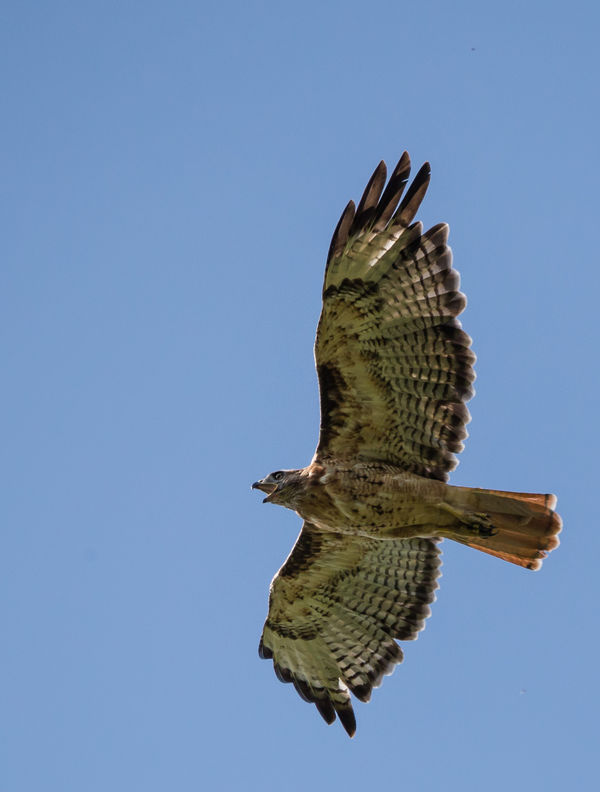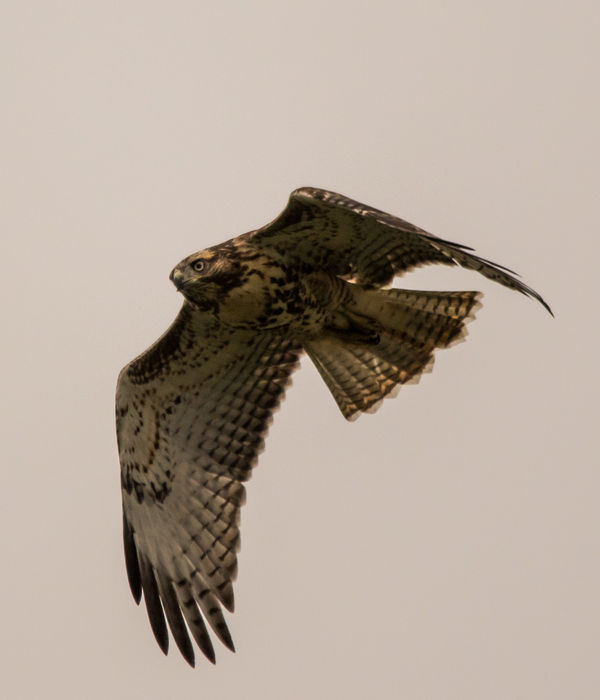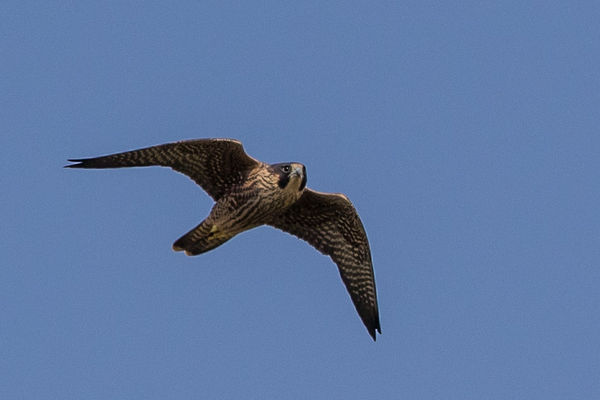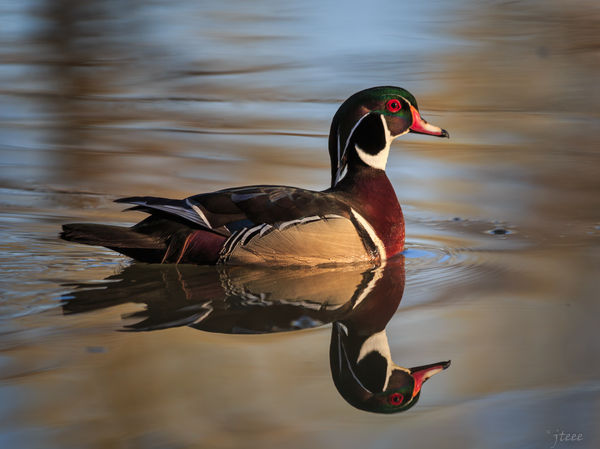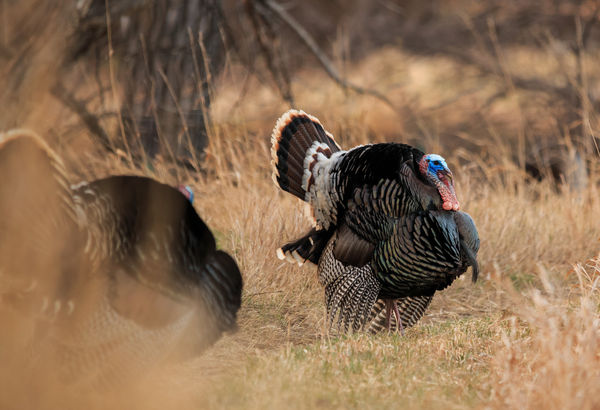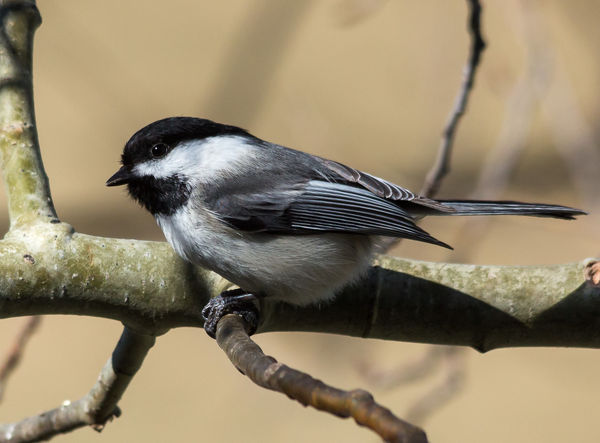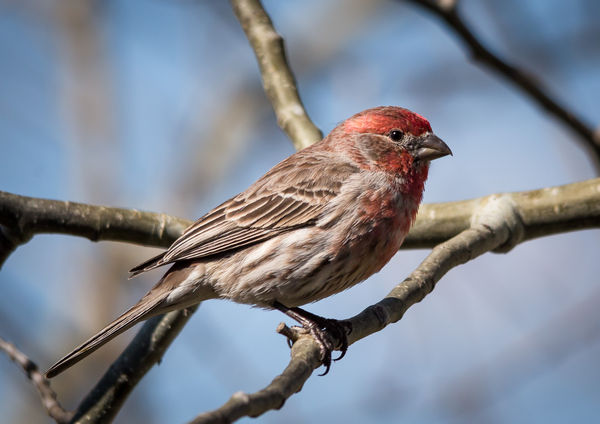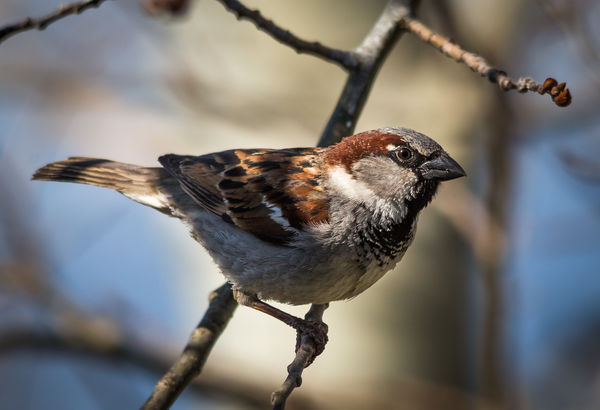Posts for: jteee
Sep 1, 2015 10:44:23 #
Anvil wrote:
Thanks, that is one of the sites that I have already researched. Another was Arthur Morris who is a Canon sponsored Bird Photographer. But both have differing settings for their success.Yesterday, I was out photographing birds with a brand new 7DII, and I'm also having spotty luck. I found this link, which I'm hoping may help.
http://www.timboyerphotography.com/2015/01/how-to-set-up-the-canon-eos-7d-mark-ii-part-3-auto-focus-and-flight-photography/
http://www.timboyerphotography.com/2015/01/how-to-set-up-the-canon-eos-7d-mark-ii-part-3-auto-focus-and-flight-photography/
Aug 31, 2015 17:41:35 #
cmc65 wrote:
Thanks. I have seen some of Regis' work, and he definitely has it figured out.Hello! I too have your gear and about the same result,however, you should look at the photos that Regis (on this forum) takes. He's always nice enough to post his info for us and his results on Bald Eagles is outstanding. I think you would find it helpful.
Aug 31, 2015 15:50:11 #
I just found this section of UHH (I'm not sure where I've been, but obviously not paying attention), so sorry if this has been covered here. BIF is something I have been working on, so much so, that I decided my 6D wasn't cutting it for this aspect of photography, so added the 7DII. So far my BIF attempts have been marginal at best, with complete failure the norm (I have added two of my better attempts so far). I have researched AF Case settings by several BIF "experts/pros", and all seem to use different settings (yea I know, imagine that, photographers who have differing opinions). Anyway, still researching, and am curious if there are any 7DII shooters out there that have had success, and how? Am using the Sigma 150-500 for most, but also have the Canon 70-200 f2.8.
Jul 18, 2015 13:04:06 #
LAParks wrote:
Hi everyone. I am very new at owning a dslr and re... (show quote)
I saw that this had been mentioned briefly, but if you are serious about wildlife in Yellowstone, your 300 won't cut it. If that isn't an issue, then never mind, you have plenty of good advice already offered. If this is a "very special" trip to YNP, then I would recommend you make the most of it and think about renting a 500 f4 or 600 f4. You may not use them alot, but it will make the difference in getting good wildlife shots or great wildlife shots. You will definitely need a tripod with either of these (a remote shutter release is another important and rather inexpensive addition). September is a spectacular month to visit the park, and provides a beautiful setting for most wildlife and landscape opportunities. For the vast majority of your photo opportunities in the park, what you have will be more than adequate, but wildlife, not so much. Have fun with your camera.
Jun 18, 2015 08:57:21 #
I just need to bounce this off someone who may know the scoop. I have had my Sigma 150-500 for about a year and a half, and have had mixed success with it (with my Canon 6D). Shooting handheld has been, for the most part, a complete failure (regardless of the shutter speed), so I shoot primarily on tripod with shutter release. I've come to the conclusion that if the subject is over 100 feet, my success of getting a sharp image is around 10%, and if it is a bird, probably less than that (I seem to have a bit better success with larger animals). Inside of 100 feet I have gotten some very good, very sharp images. So the question is, is this fairly normal? I've done the focus calibration thing, and it seems to be good. I primarily use AF, single point, and have tried establishing focus on bodies, eyes, edges, etc. with no appreciable difference in success. OS is turned off. Is this just the difference between a 1K lens and a 8K lens? Any other thoughts would be appreciated. ( I have included a recent example for your review. This was probably at about 125 ft, tripod, remote release)
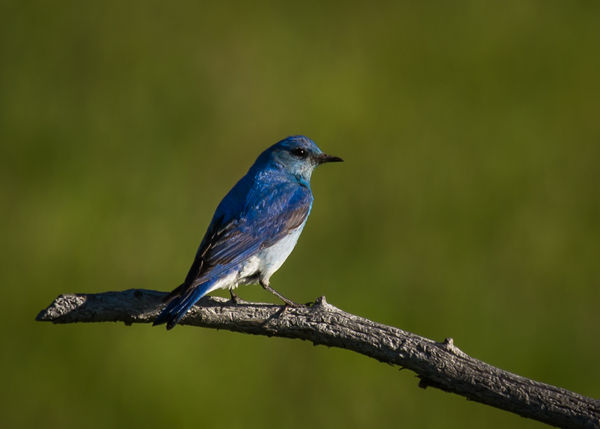
Jun 10, 2015 13:23:29 #
ptcanon3ti wrote:
That's a beautiful shot of a beautiful bird.
I need to ask a question:
How does aperture priority work with regard to bird photography? I understand what the modes do, therefore selecting your aperture and allowing the camera to choose your shutter speed...and iso if you've selected auto iso.
So.... In an activity, such as bird photography, where a fast shutter speed is needed (if not mandatory), how does guaranteeing an aperture, not a shutter speed, benefit?
I need to ask a question:
How does aperture priority work with regard to bird photography? I understand what the modes do, therefore selecting your aperture and allowing the camera to choose your shutter speed...and iso if you've selected auto iso.
So.... In an activity, such as bird photography, where a fast shutter speed is needed (if not mandatory), how does guaranteeing an aperture, not a shutter speed, benefit?
I should clarify, as your question is valid. When set up in a blind, or other stationary position, you can evaluate the light (assuming it is relatively constant), and select the most suitable aperture which will give the best shutter speed and DOF. On a tripod, then it is just a matter of focus and shoot, and your shutter speed will be (for the most part) where you want it to be. This is how I predominantly operate. However, as you stated, for BIF, many do use Shutter Priority with auto ISO (as I have as well). I just don't have the experience with BIF yet. Sorry, I should have stated that more clearly in my post.
Jun 10, 2015 13:14:09 #
Gene51 wrote:
Love the mood in this shot - and I paid less than that for my 600mm F4 used.
Thanks for the compliment. I have my eye on a used 600 as well, hope I can find enough pennies quick enough...
Jun 10, 2015 12:43:16 #
You have sparked a really informative thread. I have been practicing with birds for about two years, and still have a long way to go. Using the Canon 6D and Sigma 150-500 has produced a few good photos, but I agree that technical knowledge, and the best gear you can afford will improve your success ratio. All of you that go handheld are obviously much more skilled than I, as my success ratio with my setup is pretty low handheld. Best results have come from tripod, and remote shutter release. Many bird photographers also recommend Aperture priority which allows for quicker exposure selection, which is what I use exclusively. It sure is fun, no matter how you go about it. Now if I could come up with the $7500 for that 500 f4 lens just think how good I could become.
Apr 22, 2015 09:05:58 #
MT Shooter wrote:
Jerry, the deciding difference is the shutter spee... (show quote)
Thanks Carter. That input is very helpful, as I think that I have inadvertently validated your tests!LOL I had been leaving the Sig on OS1, and this shot was at 1/160 (tripod, gimbal, remote release), and the sharpness is unacceptable to me. As close as the subject was, it should have been better. I think that I had erroneously blamed that on ISO 1600 (probably contributed some, but not the amount you see). thanks again, you've put me on a different path.
Apr 21, 2015 12:03:53 #
RJNaylor wrote:
I can't see much difference either. They all would be acceptably sharp to me. The OS2 one looks a little more sharpened ... could that be?
They were all PP'd pretty much the same, but I agree. It may have just been the way the light hit the birds head to make it more noticeable?
Apr 21, 2015 12:02:27 #
Picdude wrote:
JTEEE, seems like this topic frequently ends up go... (show quote)
Thanks for your response, and I agree. BIF is next on my list, but as I mentioned, I seem to have limited success with this camera/lens combo on BIF. Hopefully I just need more practice.
Apr 21, 2015 12:00:29 #
camerapapi wrote:
I have no experience with Canon since I have used ... (show quote)
Thanks for your reply. Actually you pointed out one point that I keep failing to embed in my feeble brain, and that is that (according to some anyway) OS does not come into play on photos with faster shutter speed than focal length. Which all three of these had (I believe they were in the 1/1400 range with focal length of 500). That would pretty much render my little test irrelevant.
Apr 21, 2015 09:18:20 #
I have followed this discussion for some time here, read about it elsewhere, and am still in a quandry as to a solid direction. Some Pros (well published and successful) state uncategorically to leave OS on at all times (including on tripod). Others here and elsewhere suggest the opposite. I have included a simple test that I conducted, which (in my opinion) is completely inconclusive. Would other factors contribute to OS success or impact (i.e. distance to subject)? This is primarily with regards my Sigma 150-500, which I have very poor sharpness success off tripod regardless of which OS level I have set.
These were shot on tripod (with Gimbal), remote shutter, no wind, PP'd about the same, cropped about the same, ISO the same, Fstop the same. The shutter speed difference is due to minor differences in where the birds landed in the tree. Canon 6D. Does anybody see something that I am not seeing here, as frankly, they look pretty much the same to me.
These were shot on tripod (with Gimbal), remote shutter, no wind, PP'd about the same, cropped about the same, ISO the same, Fstop the same. The shutter speed difference is due to minor differences in where the birds landed in the tree. Canon 6D. Does anybody see something that I am not seeing here, as frankly, they look pretty much the same to me.
Mar 25, 2015 10:59:00 #
I have the Flipside 400 AW, and have been able to configure the interior to carry the following:
Canon 6d w/24-205; Canon 70-200, f2.8; Sigma 150-500; Tokina 100 f2,8 Macro; Speedlight Flash, Hoodloupe, Remote Trigger, SD Card Case, and lens cleaning supplies. Now that said, it probably weighs about 35 lbs with that configuration. I do have a 50" carbon fiber tripod that fits nicely on the back. Good luck, I think you will like the bag, I have dragged it all over the place, as well as it fits nicely in the overhead on airplanes.
Canon 6d w/24-205; Canon 70-200, f2.8; Sigma 150-500; Tokina 100 f2,8 Macro; Speedlight Flash, Hoodloupe, Remote Trigger, SD Card Case, and lens cleaning supplies. Now that said, it probably weighs about 35 lbs with that configuration. I do have a 50" carbon fiber tripod that fits nicely on the back. Good luck, I think you will like the bag, I have dragged it all over the place, as well as it fits nicely in the overhead on airplanes.
Mar 8, 2015 15:09:40 #
richosob wrote:
These are great photos my wife and I really enjoy hummingbirds. We have several that come to our feeder during the summer. They come back every year. Thanks for sharing these photos
Rich
Rich
Thank you, hummers are quite entertaining in the yard.
